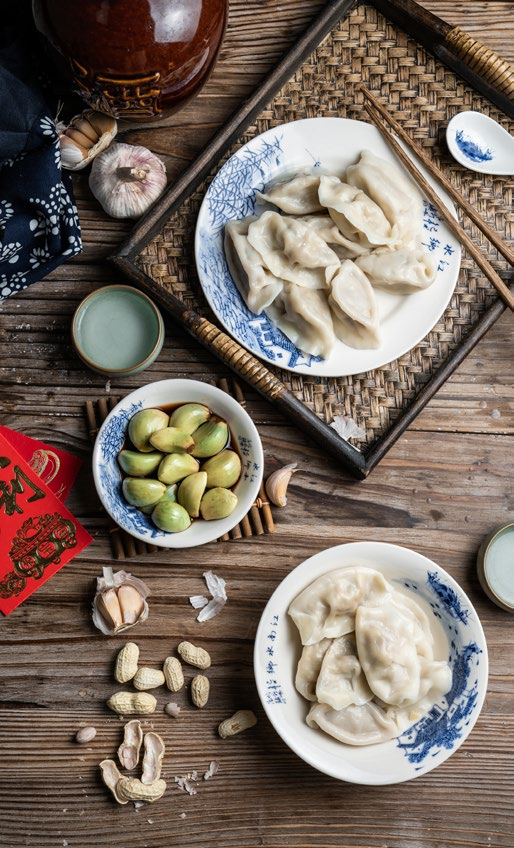
Laba porridge is a traditional dish associated with Laba Festival — a historical Chinese festival dating back to the Northern Song Dynasty (960–1127) that celebrates the enlightenment of the Buddha. The porridge is traditionally served on the eighth day of the twelfth month of the Chinese calendar, and has warmed the bellies of Chinese people in the coldest months of the year for more than a 1,000 years.
Although Laba porridge first appeared in the Northern Song Dynasty, the Laba Festival was formed during the Southern and Northern Dynasties (420–589). At that time, Buddhism that had been introduced to China had strong vitality and resonance, and it merged with the ancient Chinese customs of sacrifice, giving new cultural connotations to the eighth day of the twelfth lunar month.
Legend has it that Buddha Shakyamuni was saved by the porridge, and on the eighth day of the twelfth lunar month, he conquered demons and enlightened them to the "Great Way of the Buddha."
Since then, porridge became the highlight of the day. In the Northern Song Dynasty, Laba porridge featured "seven treasures and five flavors" to describe the ingredients. The monks used milk, mushrooms, walnuts, lilies and other ingredients to make the special porridge. The Laba porridge that people eat today is actually the "eight-treasure porridge," which first came about in the late Qing Dynasty (1616–1911). Laba porridge has become immersed in Chinese culture and has enriched its food landscape.

Laba garlic, popular in north China, is marinated in vinegar and sealed in a jar in a cool, dry place to ferment. After a few days, the garlic cloves that were originally white become an emerald green color. The vinegar used to marinate the garlic, then becomes Laba vinegar and joins Laba pancakes as another northern Chinese delicacy.
The traditional of breaking pieces of Laba ice, often formed on rivers in winter, is said to bring luck for the coming year; it is even believed to cure many diseases. The melting of the ice signifies the coming of the New Year.
In addition to the well-known Laba delicacies and customs are less well known, but equally special treats that people across China indulge in during the Laba Festival. The special treats demonstrate the differences in tastes and cuisine between the north and the south of China. The Qinling-Huaihe line runs horizontally from east to west. It not only separates the Yellow River and the Yangtze River, but also separates the vast array of delicacies between north and south.

